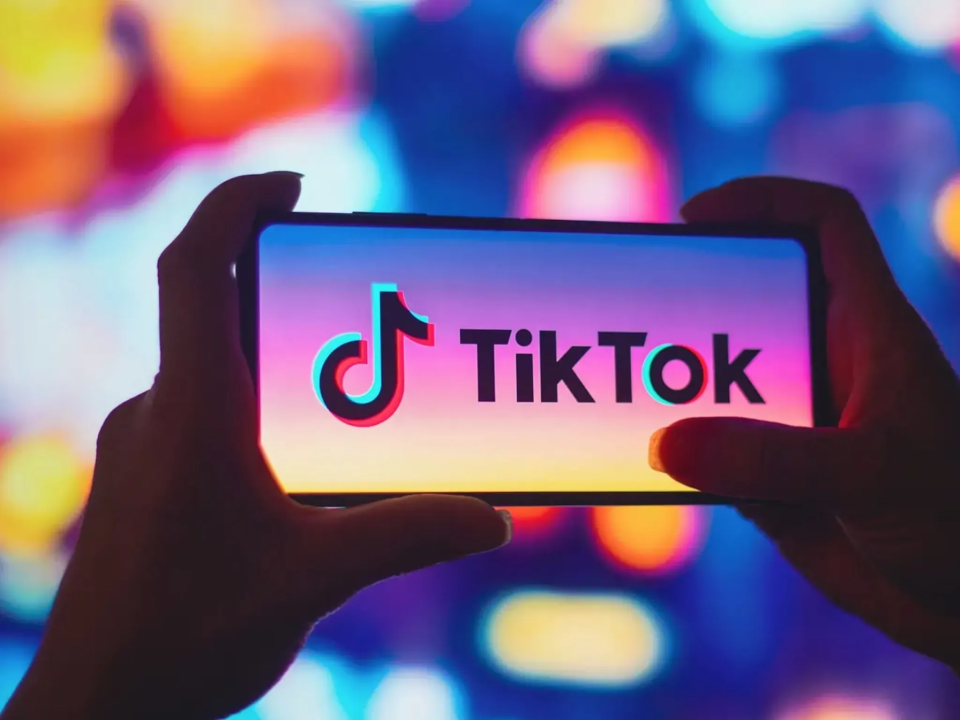
The Evolution of TikTok: From Musical.ly to Global Phenomenon
In the fast-paced world of social media, few platforms have experienced the meteoric rise that TikTok has achieved. What began as an innovative social musical platform has now become a global sensation, influencing culture, entertainment, and even marketing strategies. Let's take a brief journey through the history of TikTok to understand how it evolved into the powerhouse we know today.
Birth of Musical.ly (2014):
TikTok's story can be traced back to 2014 when the app "Musical.ly" was launched by Alex Zhu and Luyu Yang in Shanghai, China. The app allowed users to create and share short lip-sync videos, often accompanied by music. The simplicity of the concept caught the attention of young users, and Musical.ly quickly gained popularity, particularly among teenagers.
TikTok's Emergence (2016):
In 2016, a Chinese tech company named ByteDance acquired Musical.ly and merged it with its own app called TikTok, creating a platform that combined the features of both apps. TikTok's main differentiator was its algorithm-driven feed that presented users with a tailored content experience based on their interactions and preferences.
Global Expansion (2018-2019):
TikTok's growth exploded globally between 2018 and 2019. The app expanded beyond China's borders and gained immense popularity in markets like the United States, India, and Europe. Its unique format, which allowed users to create short videos set to music, resonated with a wide audience and became a cultural phenomenon.
Challenges and Controversies:
As TikTok's user base grew, so did concerns over privacy, data security, and content moderation. Some countries raised questions about the potential influence of foreign-owned social media apps on their citizens. TikTok faced bans and regulatory scrutiny in some regions, leading to discussions about how the platform handled user data and content dissemination.
Diversification of Content (2020-Present):
TikTok evolved beyond just lip-sync videos. Users began creating diverse content, including dance challenges, comedy sketches, cooking tutorials, educational content, and more. Influencers emerged, gaining massive followings and even making careers out of their TikTok fame.
Integration of Brands and Challenges:
Recognizing its cultural impact and immense user engagement, brands started leveraging TikTok for marketing purposes. Hashtag challenges became a popular way for brands to engage with the user base and promote products or services in a fun and interactive manner.
TikTok Today:
As of the present day, TikTok boasts over a billion active users worldwide and continues to innovate. Its algorithm remains a core strength, consistently offering users content that aligns with their interests. The platform's influence on pop culture, music trends, and the way we consume entertainment is undeniable.
In just a few years, TikTok has transitioned from a niche lip-syncing app to a global powerhouse that has redefined the social media landscape. Its evolution highlights the importance of adaptability, user engagement, and staying attuned to cultural shifts. As TikTok continues to shape the digital age, its history serves as a testament to the dynamic nature of the online world.